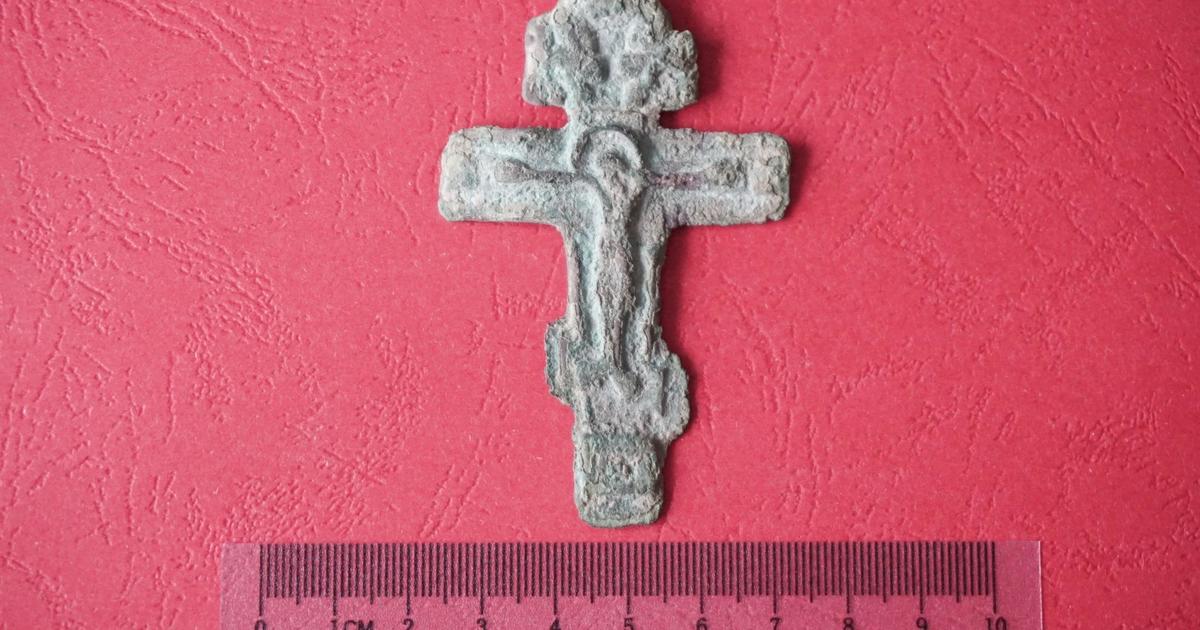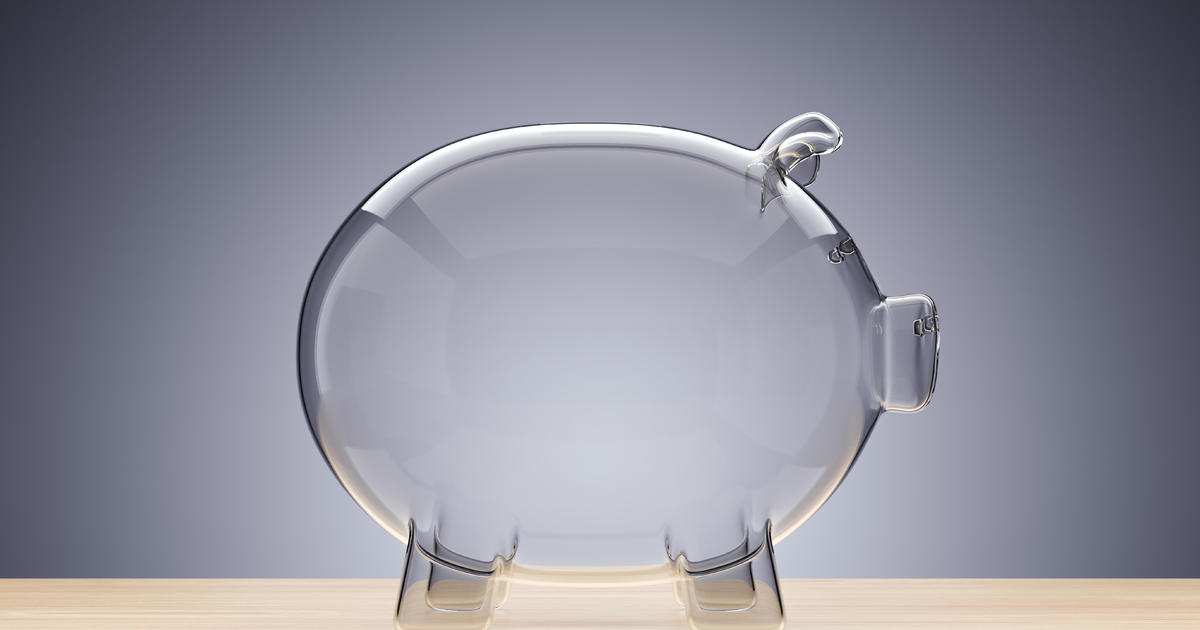Why was daylight saving time started? Here's what you need to know.
Clocks roll back an hour this Sunday — to the chagrin of many Americans. But as the time changes, why daylight saving time started — and who was behind the effort — remain complicated.
For more than 100 years, proponents and opponents of daylight saving time have argued over whether to keep observing the twice-yearly changing of the clocks, but many don't know how or why the U.S. started the custom in the first place.
Why was daylight saving time created?
The origins of daylight saving time have been attributed to various people and reasons. Fingers are often pointed at farmers as the originators of the practice so they could have more daylight, but farmers didn't necessarily support the time change when it was adopted in the early 20th century.
Who invented daylight saving time?
Some have said Benjamin Franklin started the practice back in 1784 when he wrote a satirical essay for the Journal de Paris proposing regulations to ensure early risers.
Philadelphia's Franklin Institute disputes this claim, and places the daylight saving time blame on George Hudson, a New Zealand entomologist. In 1895 Hudson proposed a two-hour rollback on clocks inspired by his bug-collecting passion, as he wanted more daylight after his shift work to collect insects.
Others say British builder William Willet was the architect of daylight saving time. In 1907, he wrote a pamphlet called "The Waste of Daylight," which encouraged advancing clocks in the spring so people could get out of bed earlier. Longer and lighter days were supposed to save energy, reduce traffic accidents and help people become more active.
When was daylight saving time put into place?
Clocks really started to roll back when in 1916, when Germany became the first country to observe daylight saving time to conserve fuel, according to the Congressional Research Service.
The U.S. Embassy in Berlin sent a dispatch on April 8 to Washington, D.C., to let them know about the clock change initiative made two days prior. The text said an "order directing a change in the clocks to "add" an hour of daylight to the day during the months of May through September" had been made.
It noted in the dispatch that Germany believed that clocks changing would save $23.8 million —about $685 million in today's dollar — by limiting the use of artificial light.
Other European countries followed suit, and then in 1918, the U.S. started to use daylight saving time.
The following year, in 1919, Congress repealed daylight saving time over the veto of then-President Woodrow Wilson. States were given the option to continue the practice.
So, why do we still have daylight saving time?
During World War II the entire country started to observe daylight saving time year-round. In 1966, the Uniform Time Act established the system Americans use today, with the clocks falling back in November, and springing forward in March.
The honeymoon lasted almost a decade, until 1974, when Congress tried to keep daylight saving time year-round again in response to the 1973 oil embargo.
That attempt, though, fizzled out in a few months. Americans were back to the twice-yearly clock change, and despite the introduction of the Sunshine Protection Act of 2023, the clocks are still "falling back."
— Alex Sundby contributed to this report.



